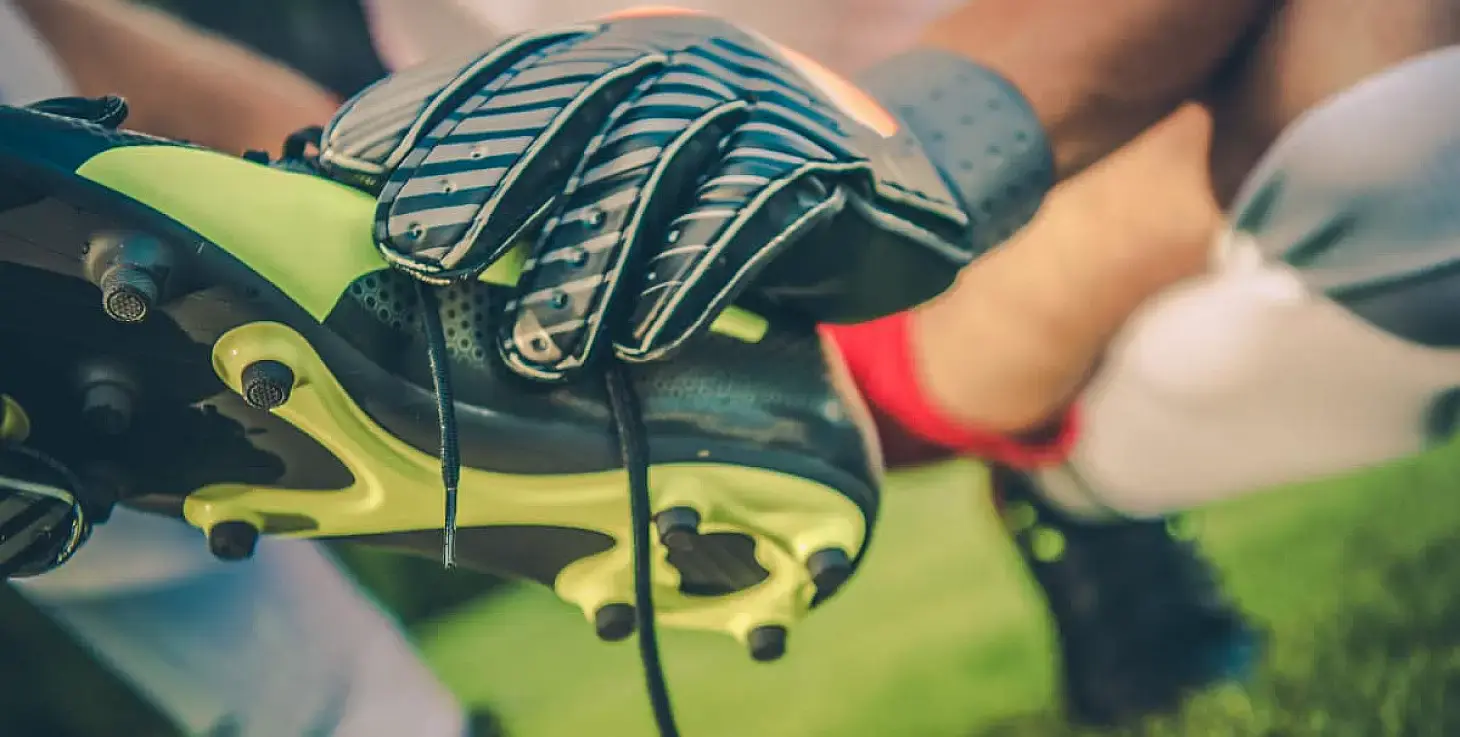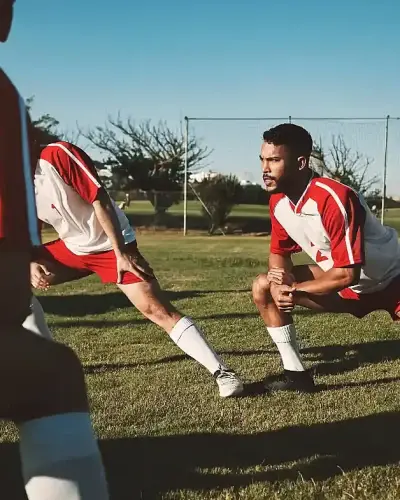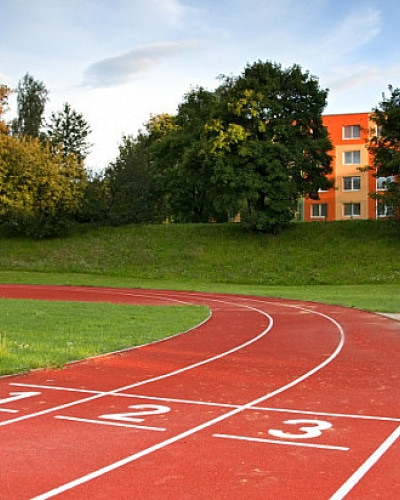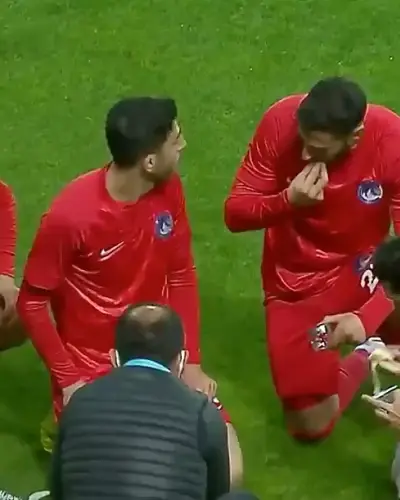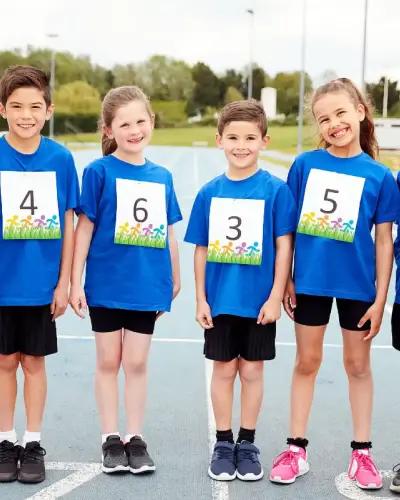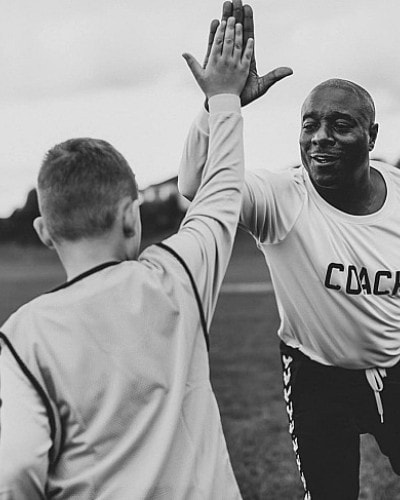Football Equipment: More Than Just a Kit, Socks, and Shin Guards
When you join a football club, your jersey is usually provided by the team. However, players must purchase their own gear, such as football boots, shin guards, and training apparel. The German Football League (DFL) has established strict regulations governing football equipment, ensuring player safety and clear team identification.
Uniform Regulations: Colors and Visibility
✔ Jerseys must have sleeves (short or long) and be easily distinguishable from the opposing team.
✔ Field players wear shorts, while goalkeepers are allowed to wear long trousers.
✔ The captain wears an armband, which must not contain advertising but can include “Captain” or the team emblem.
✔ Teams must wear different colors to avoid confusion, including a distinct color for goalkeepers.
🔹 In amateur football, teams may lack an alternate kit. If jersey colors clash, referees may allow one team to wear training bibs (Leibchen)—though this isn't ideal, as player numbers become less visible.
✔ Multiple colors are allowed on jerseys, but:
- If a kit has three or more colors, one must be dominant.
- Striped or checkered jerseys must not have more than two primary colors.
Thermal Clothing for Cold Weather
✔ Undershirts must match the primary sleeve color or have the same pattern.
✔ Compression shorts or leggings must match the color of the shorts.
✔ All players on a team must wear matching thermal gear to maintain uniformity.
Football Boots: Safety and Performance
✔ All types of football boots are allowed—as long as they don’t endanger players.
✔ The referee decides if a player's footwear is dangerous.
✔ Studs, cleats, or blades are unrestricted, but players must choose the right type based on the pitch surface:
- Firm Ground (FG): Natural grass.
- Soft Ground (SG): Wet, muddy fields.
- Artificial Ground (AG): Artificial turf.
📌 Boots affect dribbling, shooting, and movement, so selecting the right pair is crucial for performance.
Shin Guards: Mandatory Protection
✔ Must be made of durable material to protect against injuries.
✔ Must be completely covered by socks.
✔ If players use tape to secure shin guards, it must match the color of the socks.
Goalkeeper Gloves: A Key Part of the Kit
✔ Gloves must fit properly to avoid slipping during play.
✔ Factors to consider:
- Size (based on hand length).
- Grip (material affects control and handling).
✔ To improve grip, goalkeepers often use water or grip sprays on their gloves.
General Equipment Rules
✔ Kits can have up to four colors, excluding numbers and sponsor logos.
✔ Away kits must contrast with home kits—this applies to both outfield players and goalkeepers.
📌 Player Number Regulations:
- Must be centered on the back of the jersey.
- Allowed numbers: 1 to 49 (No.1 is reserved for goalkeepers).
- Numbers are fixed for the season—they cannot be swapped.
- The number must be in a single color, with a clear contrast against the jersey.
- Height: 25-35 cm | Line thickness: 2-5 cm.
📌 Player Name Regulations:
- The last name must be printed on the jersey.
- The DFL may permit first names, nicknames, or stage names in some cases.
- Font must be a single color, using standard Latin letters (no decorative elements or ads).
- Maximum letter height: 7.5 cm.
Conclusion: A Balance of Performance, Safety, and Identity
Football equipment is more than just style or sponsorship—it ensures player safety, team unity, and match clarity. While players have some personal choices (e.g., boots, shin guards, gloves), official regulations help maintain fair play and professionalism on the field.
